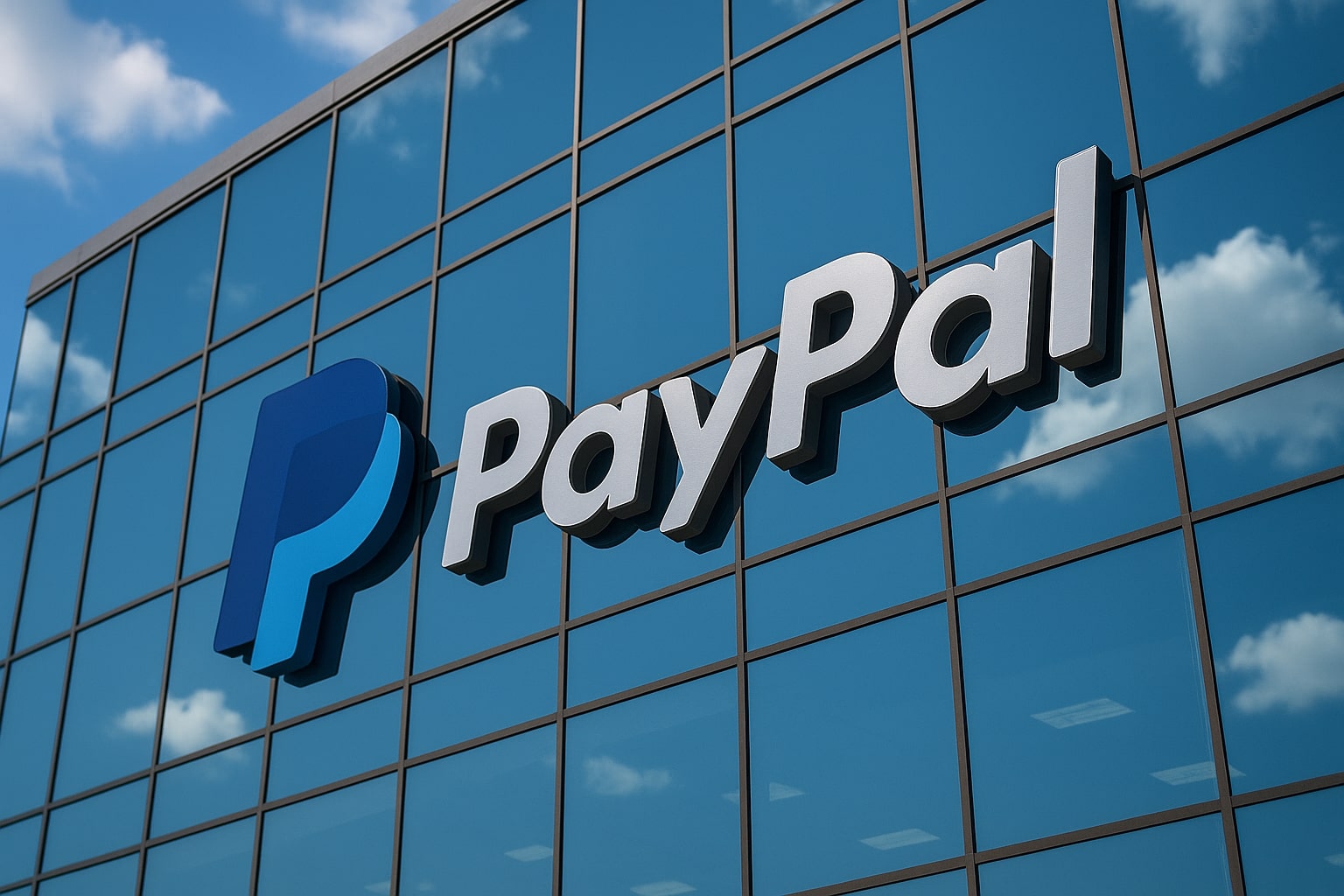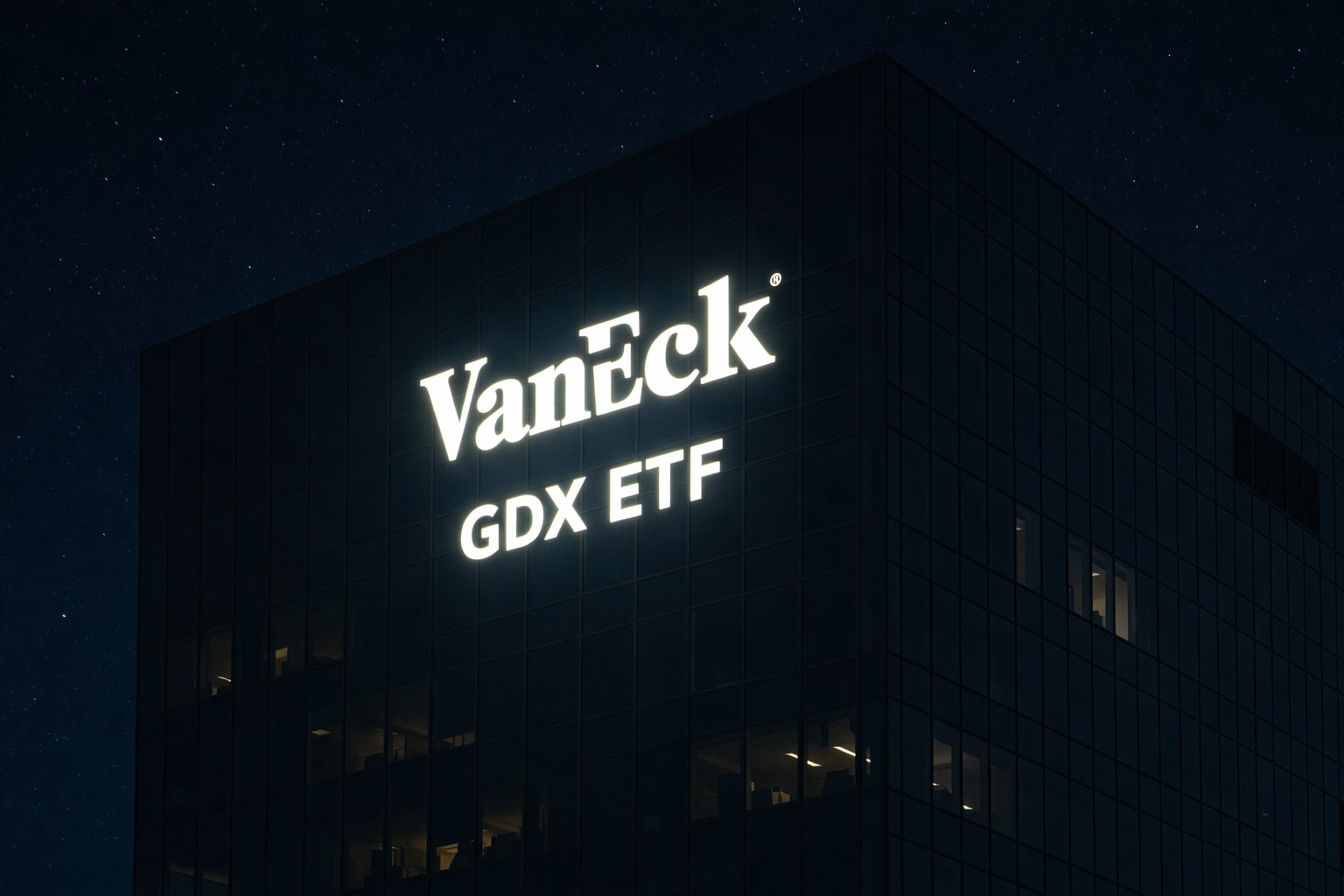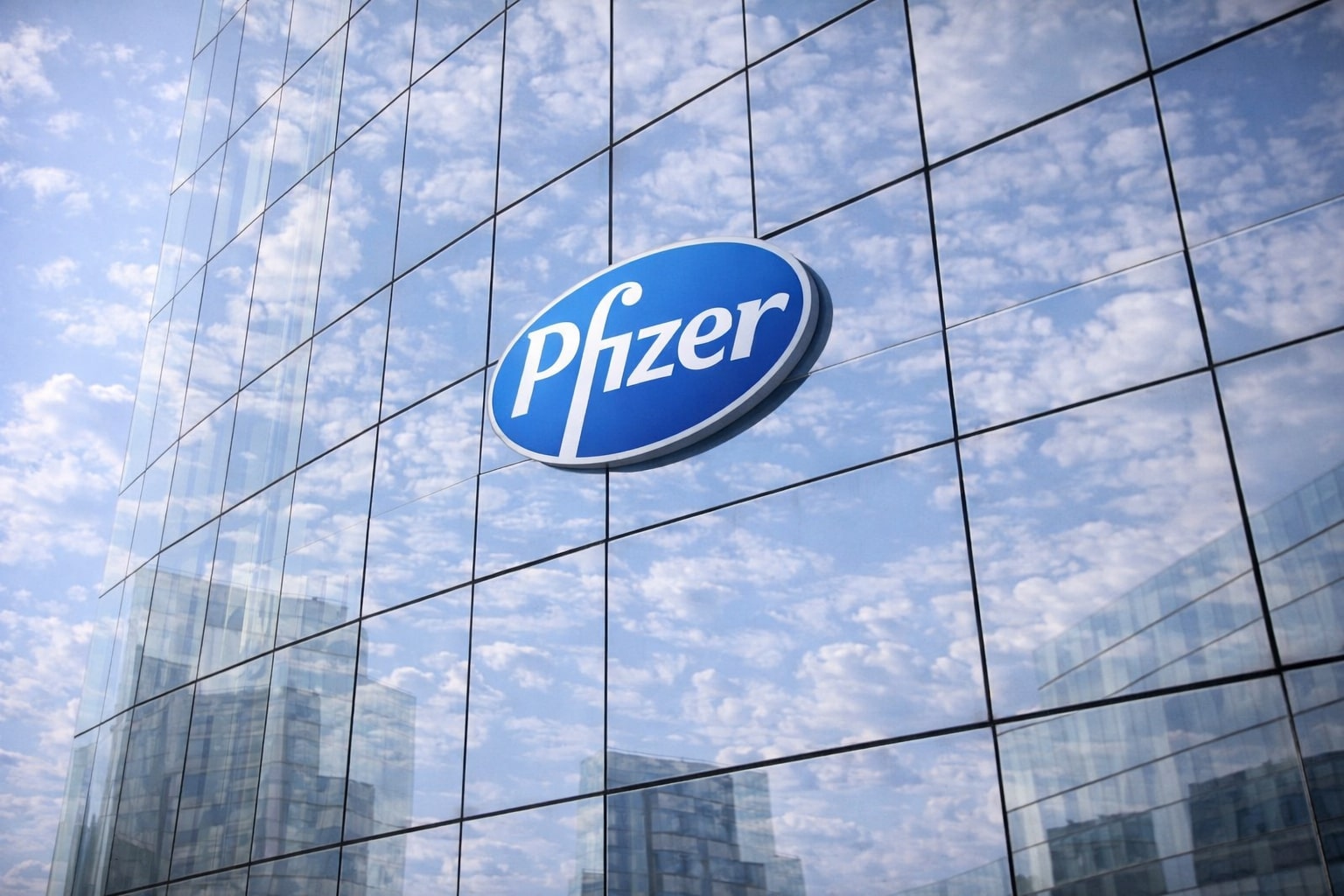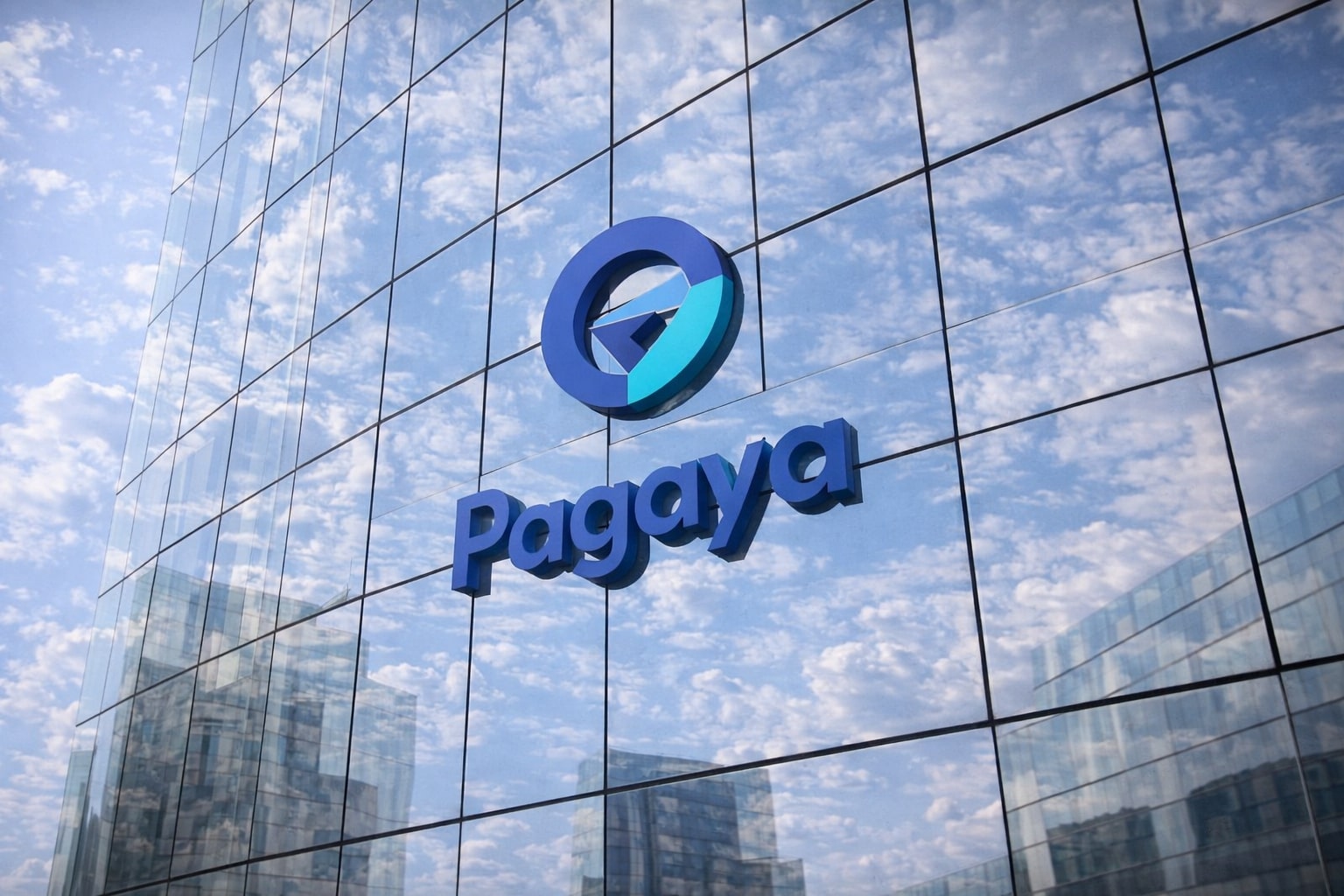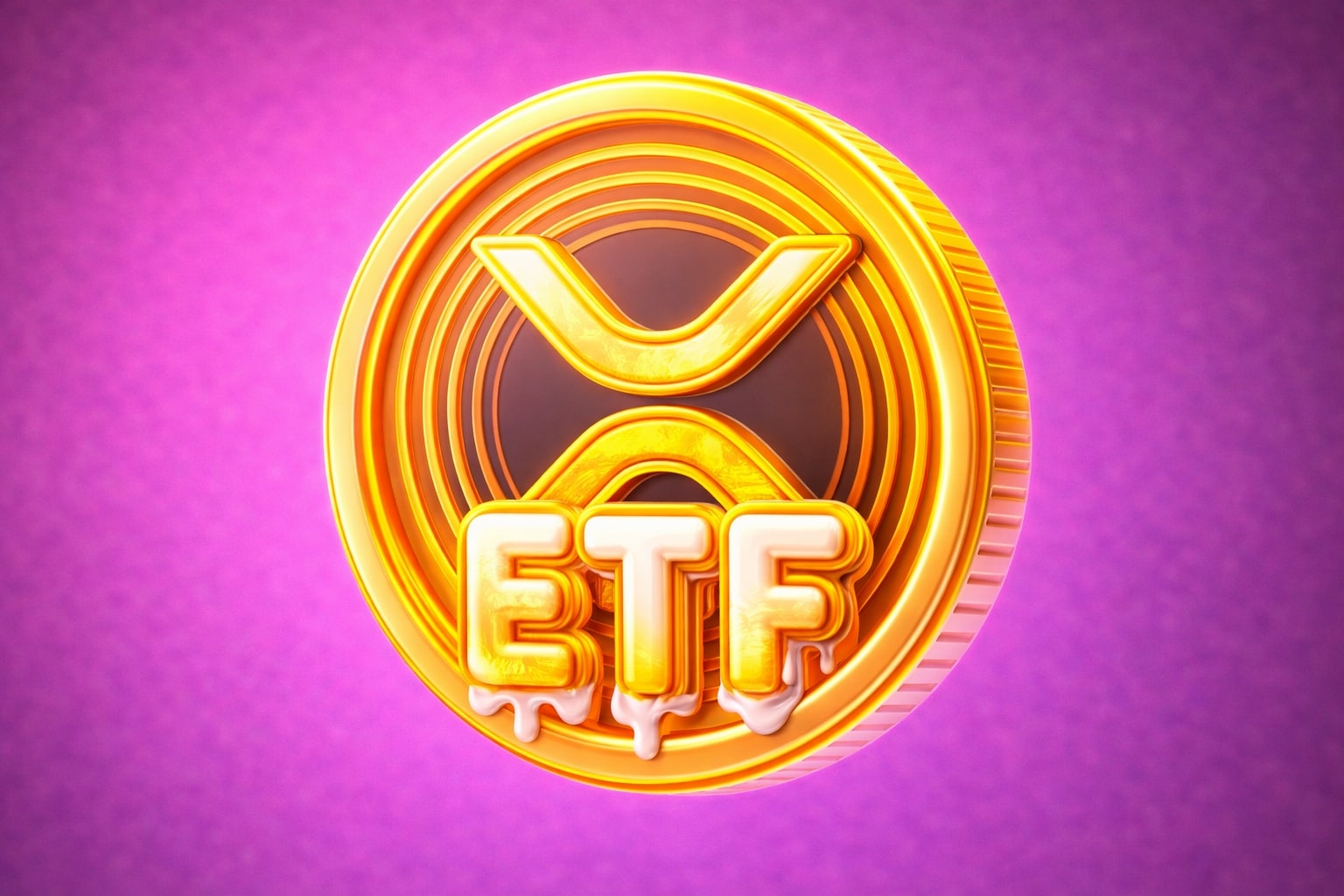PayPal (NASDAQ:PYPL) Stock Analysis – September 2025
Revenue Growth and Active Accounts Expansion
PayPal (NASDAQ:PYPL) is trading around $67 per share with a market cap near $64 billion. The second quarter of 2025 delivered $8.29 billion in revenue, a 5% year-over-year increase from $7.89 billion. Total active accounts climbed to 438 million, reversing prior declines and showing sequential improvement from 436 million in Q1. Monthly active users reached 226 million compared to 224 million in Q1 and 221 million in Q2 2024, reinforcing engagement growth. While total payment transactions dipped from 6.58 billion to 6.23 billion, management’s strategic exit from low-margin PSP volumes means core merchant and peer-to-peer activity actually rose from 3.72 billion to 3.95 billion.
Payment Volumes and Product Diversification
Total payment volume surged from $416.8 billion in Q2 2024 to $443.6 billion this year. Peer-to-peer transactions climbed to $108.4 billion, while Venmo’s “Pay with Venmo” volume exploded 45% year over year. Buy Now Pay Later payments advanced more than 20%, confirming strong traction in consumer finance. PayPal World, launched in July, connects 2 billion users across wallets and payment networks, while crypto features now enable conversions across 100+ digital assets, targeting 650 million potential users. These innovations diversify revenue streams and expand addressable markets.
Profitability Trends and Margin Focus
Net income rose from $1.13 billion to $1.26 billion, with adjusted net profits climbing to $1.37 billion. EBITDA increased from $1.67 billion to $1.84 billion, while operating margin held near 19%. Return on equity remains strong at 22.9%, with profit margin at 14.5%. The main drag was operating cash flow, which fell from $1.53 billion to $898 million, largely due to working capital shifts. Excluding this, adjusted operating cash flow reached $1.88 billion. Levered free cash flow stood at $1.01 billion over the trailing twelve months. Management continues reducing SG&A costs and stock-based compensation, which should support long-term net margin expansion.
Valuation Multiples and Relative Attractiveness
PayPal trades at just 14.4x trailing earnings and 11.6x forward earnings, with a PEG ratio of 0.74. Price-to-sales stands at 2.09, while EV/EBITDA is 9.03. Compared to peers like Visa (trading at over 29x P/E) or Paychex at nearly 30x, PYPL looks significantly discounted. Analysts have a consensus price target of $82.52, with some setting the bar as high as $120, implying upside potential of 23–78% from current levels. For 2025, EPS is projected at $5.21 with revenue of $33.08 billion, rising to $35.02 billion in 2026. That positions PayPal as one of the cheapest major fintech platforms relative to its growth and profitability.
Capital Allocation and Buyback Acceleration
PayPal is aggressively reducing share count, retiring nearly 25% of shares since 2022. Management plans to deploy $6 billion into repurchases this year alongside $1 billion in capital investments. With shares undervalued and expected IRR around 14–15%, buybacks are highly accretive. CEO Alex Chriss has prioritized profitability over growth-at-all-costs, using disciplined buybacks, tighter expense management, and reduced reliance on stock-based compensation to strengthen free cash flow.
Competitive Landscape and Risk Factors
Competition remains fierce from Visa, Mastercard, Block, and emerging digital wallets, putting pressure on transaction margins. However, PayPal’s massive network of 438 million accounts and its position as a trusted payment facilitator create durable moats. The challenge remains to re-accelerate operating cash flow while continuing to diversify revenue streams beyond transaction take-rates. Macro risks include weaker consumer spending or regulation around payments and crypto. Yet with $10 billion in cash and a manageable 60% debt-to-equity ratio, PayPal maintains financial flexibility to weather downturns.
Outlook and Investment Verdict
With PayPal stock trading at $67 and Wall Street’s average target at $82.52, the valuation gap suggests meaningful re-rating potential. A discounted cash flow analysis places fair value closer to $135, implying more than 100% upside over the medium term if execution holds. With 2025 EPS growth projected above 12% and 2026 forecasts pointing to further double-digit gains, the market appears overly cautious. Given improving fundamentals, disciplined buybacks, and undervalued multiples, NASDAQ:PYPL is a Buy.














